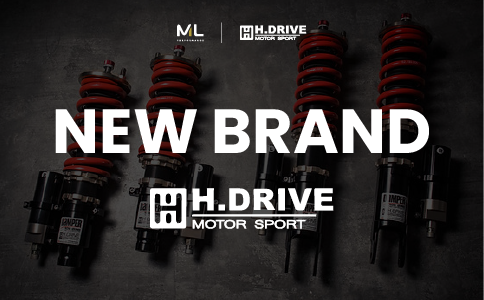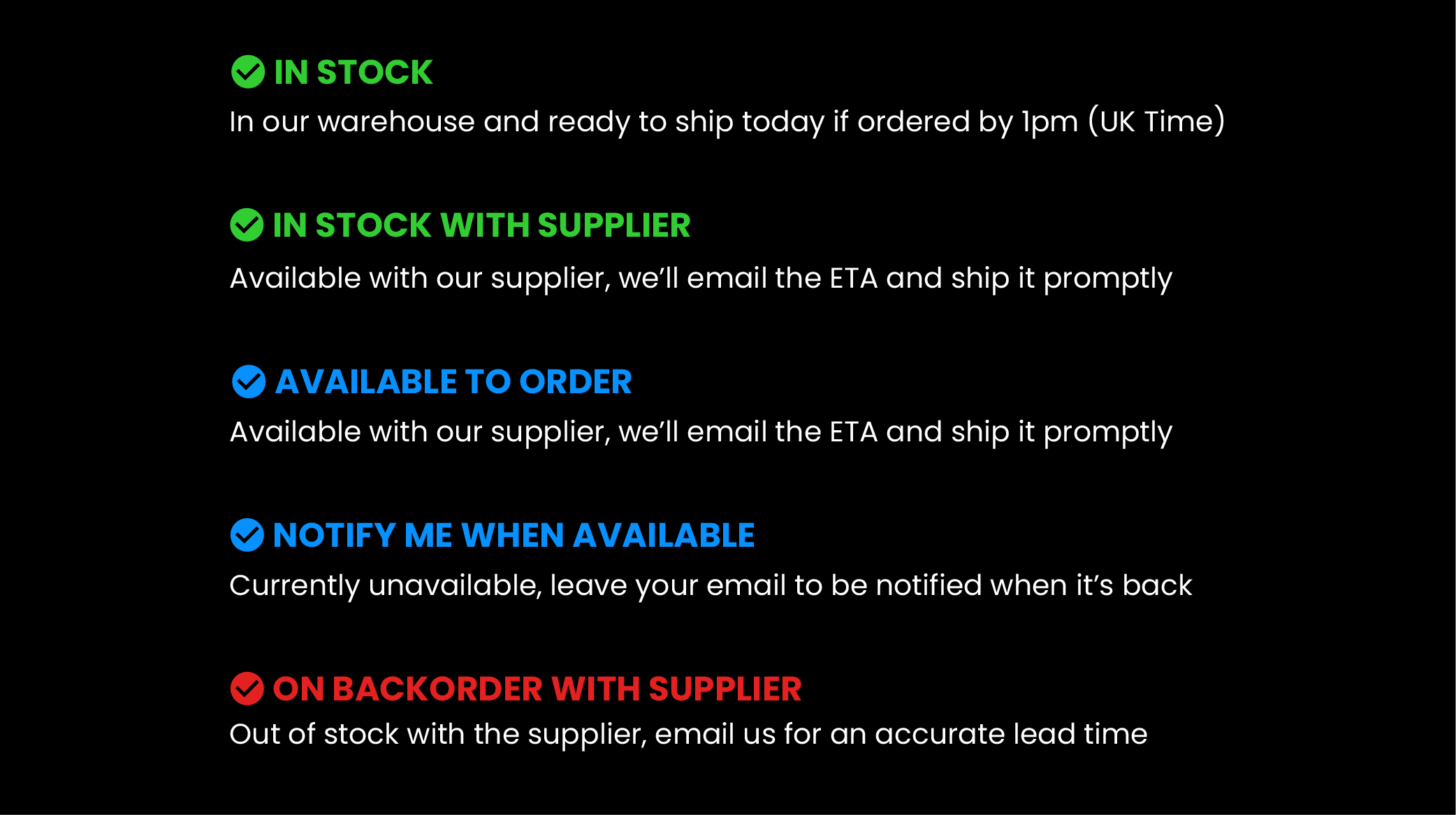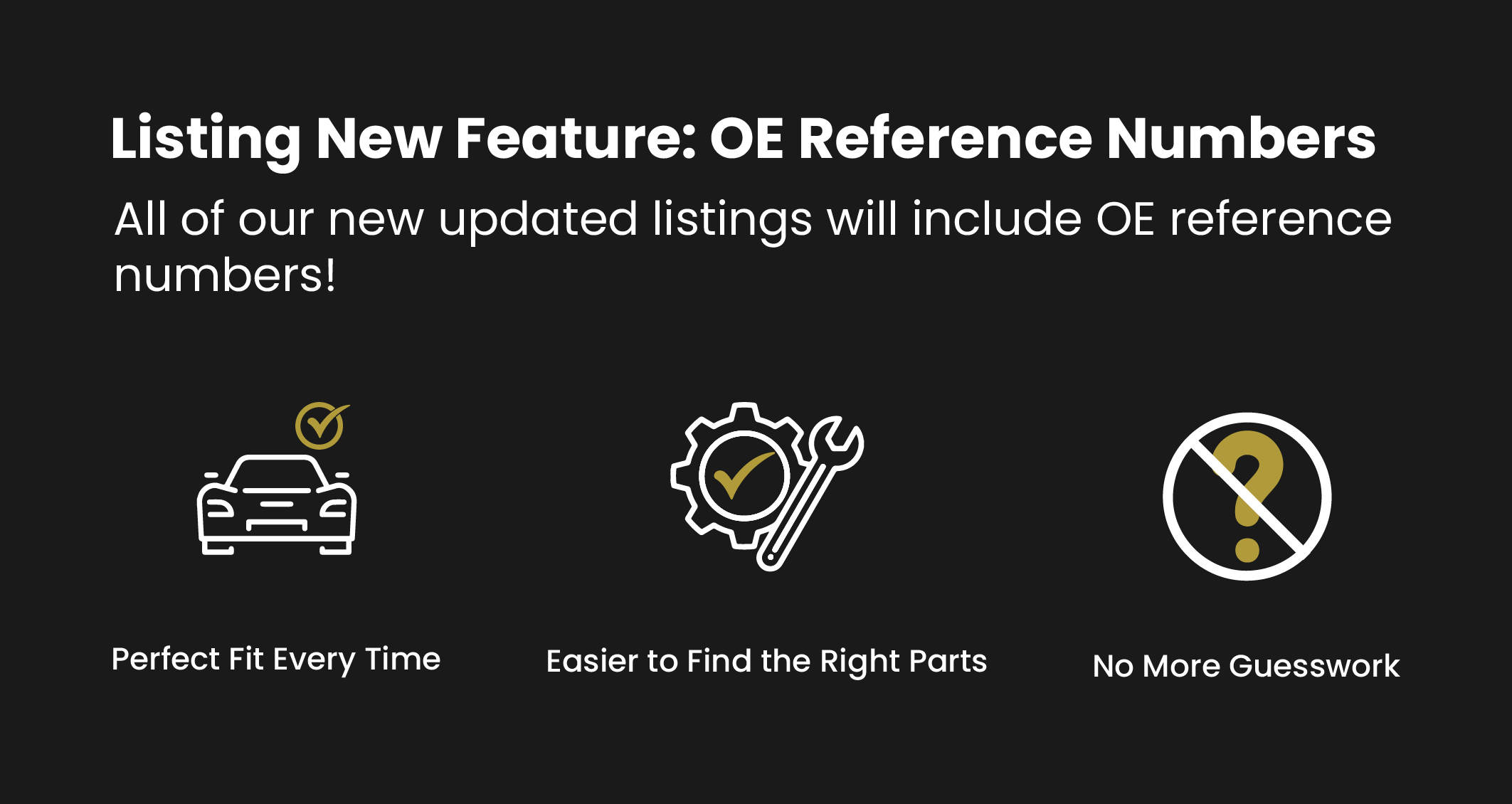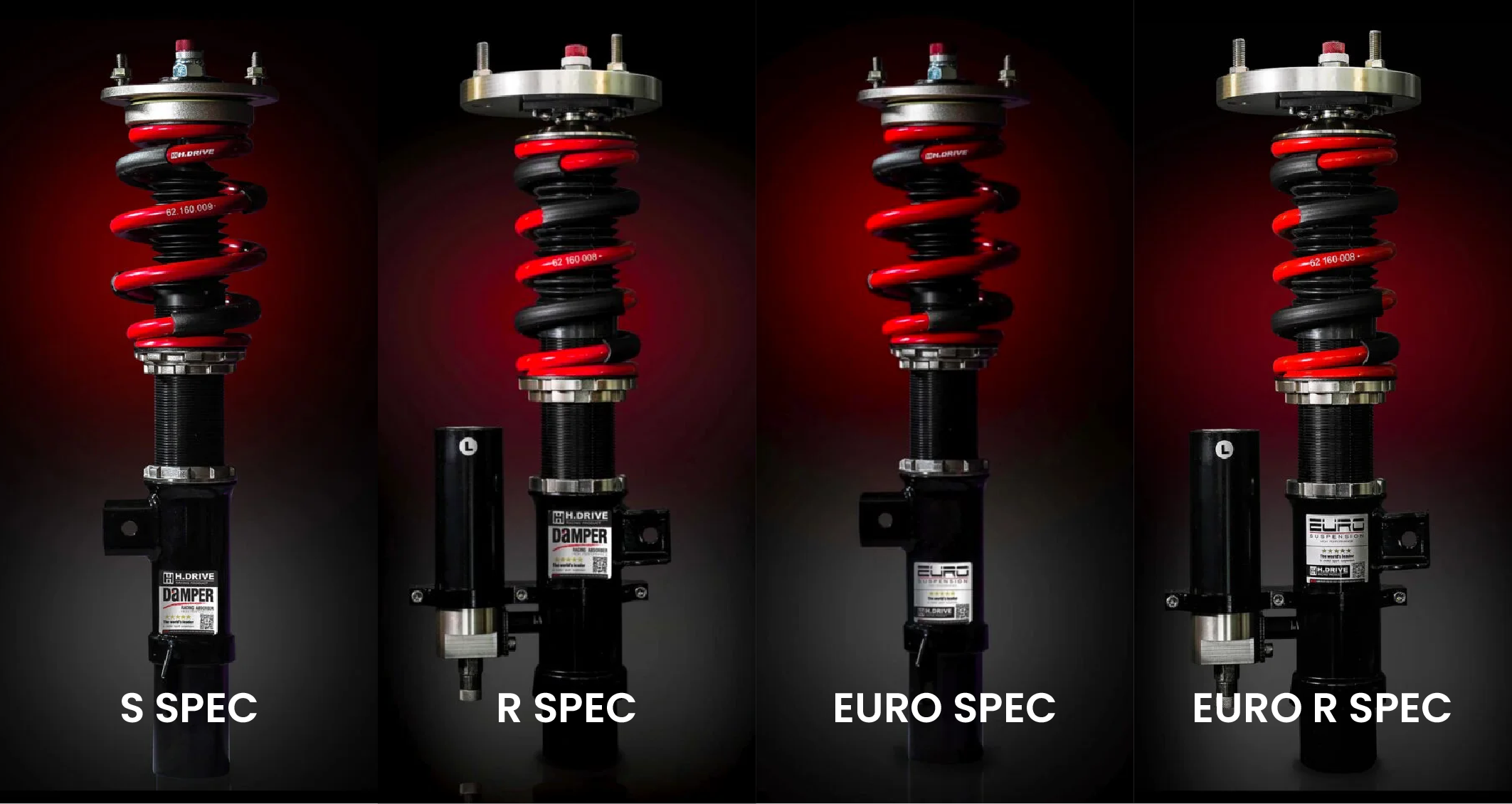If you’ve spent any time around the M2 Competition, M3 or M4 crowd, chances are you’ve heard whispers – or the occasional full-blown horror story – about crank hub slip.
The S55 is a cracking engine: responsive, rev-happy and eager to make big power with just a light remap. But it’s not without its flaws, and the crank hub is the best-known one. Depending on who you ask, it’s either a ticking time bomb or just internet folklore.
As usual, the reality is somewhere in the middle.
What Is Crank Hub Slip, Then?

BMW’s S55 uses a three-piece crank hub to drive its timing system. The assembly includes the crankshaft, a friction disc and the timing sprocket.
Unlike older engines that use a keyed hub – where a physical notch locks the sprocket in place – this setup relies entirely on friction. A central bolt applies clamping force to hold the components in line.
It’s the same basic design BMW used on the N55, which the S55 is based on. That layout goes all the way back to the N54 and hasn’t changed much since. While it worked fine for engines with modest torque, the S55 delivers a hefty increase in both torque and rev range. In the case of the M4 GTS, it's 50% more than the original N54 fitted to the 335i. Throw a remap on top, and it’s easy to see how you’re taking the part far beyond what it was built to cope with.
When that clamping friction is overcome – usually under hard load or sudden shock – the timing sprocket can rotate independently of the crank. And just like that, the cam timing is off.
Why Does It Happen?

There’s no single cause, but certain conditions definitely make it more likely:
- Aggressive downshifts under load
- Hard launches with inconsistent traction
- Repeated high-rev use, especially on circuit
- Sudden torque spikes from traction control
- Remaps that deliver torque early rather than progressively
A lot of people assume high revs are to blame, but the real culprit is torque – especially when it comes in suddenly. Even using launch control has been linked to failures on otherwise standard cars.
How Common Is It, Really?

BMW has never issued a recall or official service bulletin and has never publicly acknowledged the issue. That doesn’t mean it’s a myth – it just makes it difficult to confirm without a full engine teardown.
In standard cars crank hub failure is rare – but not unheard of. In tuned cars, especially those driven hard or used on track, the chances go up. Some UK-based specialists estimate that around 1–2% of remapped S55s suffer crank hub slip over time, with significantly higher rates in track-driven examples.
And when it lets go, it goes without warning. There’s no EML, no misfire, no rattle. One overly aggressive downshift or a launch at the wrong time, and the pin has been pulled on the grenade.
What Can You Do About It?
There are a few solutions, depending on your power level and how you use the car. Given the complexity of the work involved, we would only recommend the options are fitted by specialist mechanics:
1. Keyed Crank Hub - Fitting available at Xatrix

The most common long-term fix. This involves drilling the crank and hub to accept a key or dowel, creating a physical lock between the crankshaft and sprocket. A solid option for fast road or occasional circuit use.
MLP Recommended: Kotte - Solid Budget Option
2. 4-Pin Crank Hub - Fitting available at Xatrix

A more extreme solution. The crank and hub are machined to accept four precision dowels for extra engagement. It’s serious overengineering for most, but ideal for high-power builds that see regular track time.
MLP Recommended: Insane Performance BMW N55 S55 E82 F22 F30 F80 4-Pin One Piece Crank Hub Upgrade Kit (Inc. 135i, M235i, 335i & M3)

A simpler, more budget-friendly add-on. This bolts over the front of the crank pulley to stop the main bolt from backing out. It won’t prevent hub slip if friction is lost, but it might buy you time or reduce the damage.
MLP Recommended: ARD Crank Bolt Capture Plate

A one-piece, spline-driven hub that bites into the crank under load, without needing drilling or dowels. Designed to be fully reversible, it’s paired with a capture plate to prevent the main bolt from loosening. While not as extreme as a pinned solution, it’s a strong middle ground that has been tested beyond 900bhp and 8,000rpm. Ideal for road cars and fast-road builds that want extra security without drilling into the crankshaft.
MLP Recommended: VTT “Spline‑Lock” Hub + Capture Plate Proven design, hardened steel, UK-available, and install-friendly.
Important note: Crank hub slip and crank bolt back-out are separate problems. Slip refers to the sprocket rotating independently of the crank, which throws the timing out. Bolt back-out is when the central bolt physically loosens. The capture plate only helps with the latter.
Does It Affect All S55s?

Yes – every S55 engine uses the same non-keyed, three-piece hub. That includes the F80 M3, F82/F83 M4 and F87 M2 Competition. Even the CS and GTS models aren’t exempt. The M4 GTS made 500bhp from the factory and still ran the same hub design.
There are rumours BMW quietly tweaked materials or tolerances in later years, but the core design remained the same throughout production.
That said, BMW clearly addressed the issue in the engine’s successor. The S58, found in the G80 M3 and G87 M2, uses a one-piece keyed hub with a much stronger drive system. Go figure…
What About High Revs?
All UK-spec S55s are limited to 7,600rpm, with redline marked from 7,500. Even with early torque delivery, the engine pulls cleanly to the limiter in factory form. Tuners can lift the rev limit slightly, but there’s not much benefit – the turbos are past their best by then, and you risk valve float.
Should You Be Concerned?
It depends how you use the car.
-
Factory power, road use: Low risk. Not zero, but low enough that most owners won’t see issues.
-
Remapped, tracked or driven hard: Yes – this is a real weak point. A slipped hub can mean bent valves, damaged pistons or worse. A proper fix might be expensive, but that’s still cheaper than a full rebuild.
Final Word
The S55 might be getting overshadowed by its S58 successor, but it’s still one of BMW M’s best engines, being a lot more accessible price-wise, and situated in a much lighter car.
With a closed-deck block, forged internals and massive tuning potential, it’s become a bit of a modern classic. And now it sits in that sweet spot where tuners are at the top of their game whilst understanding its weaknesses - and the crank hub is its Achilles’ heel.
Unlike most mechanical problems, this one doesn’t give you any warning. If you’re planning to use the car the way it was meant to be driven, this is one upgrade worth tackling sooner rather than later.
ML Performance sells a number of solutions for the BMW S55 crank hub, and our team at Xatrix are experts in the fitting and precision drilling involved.



























